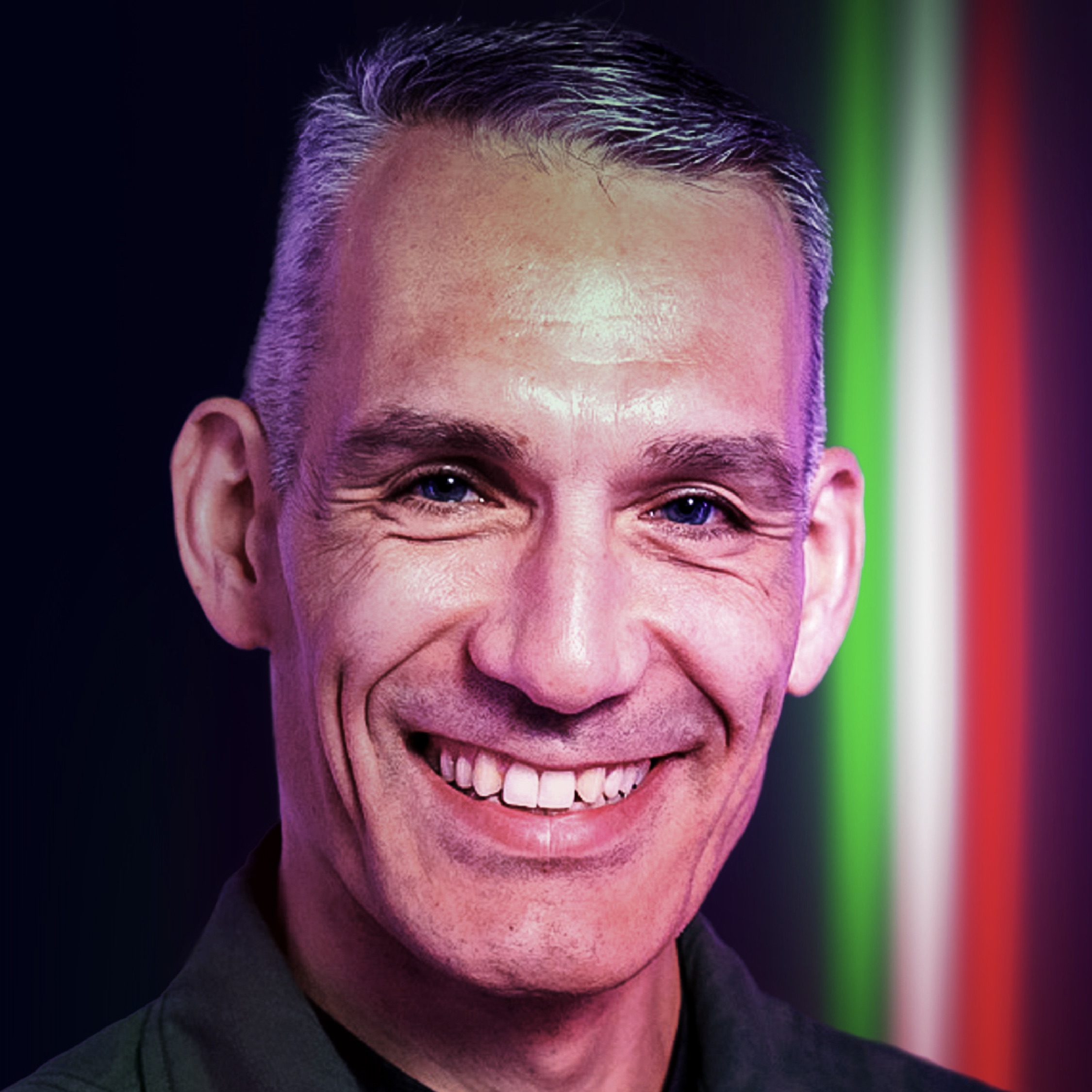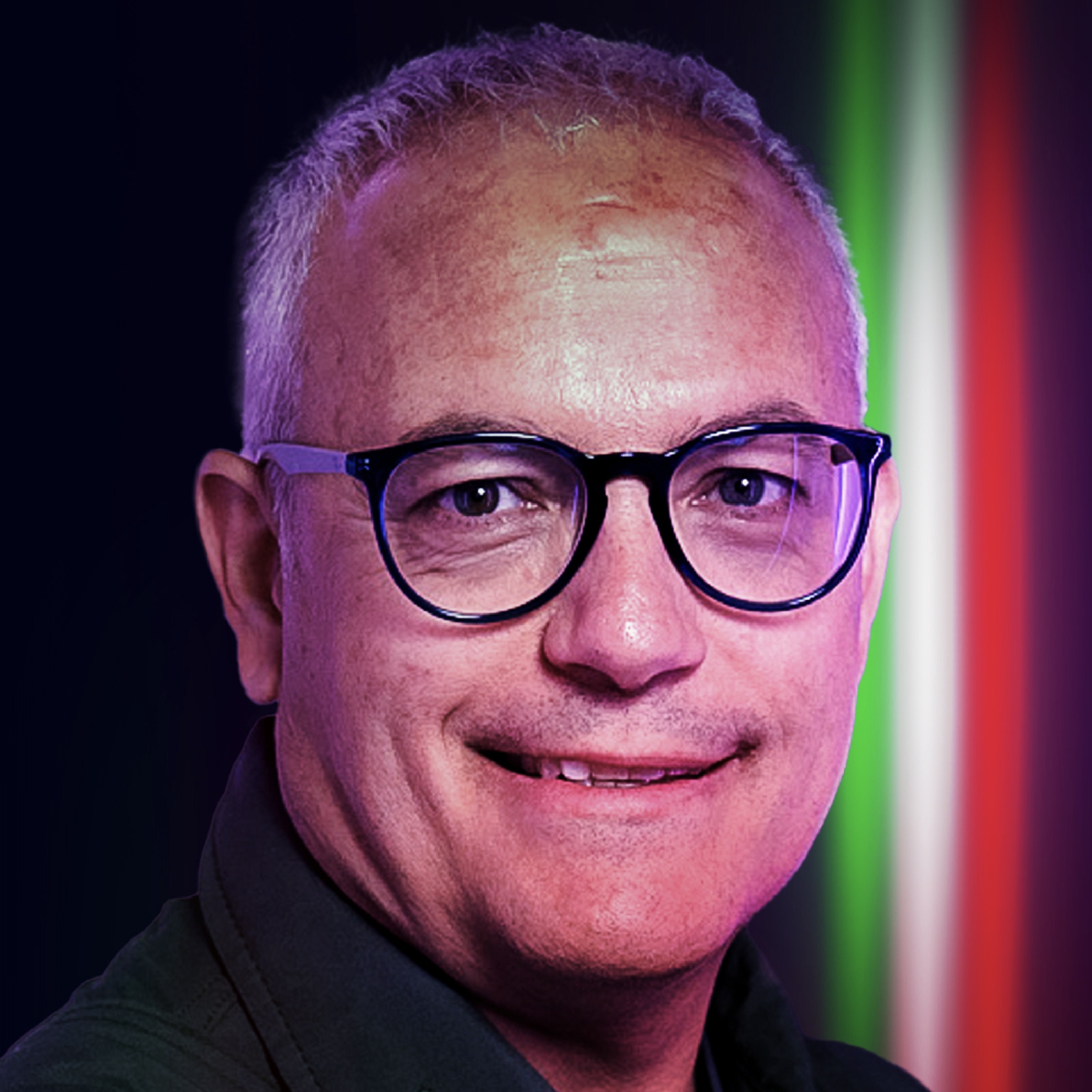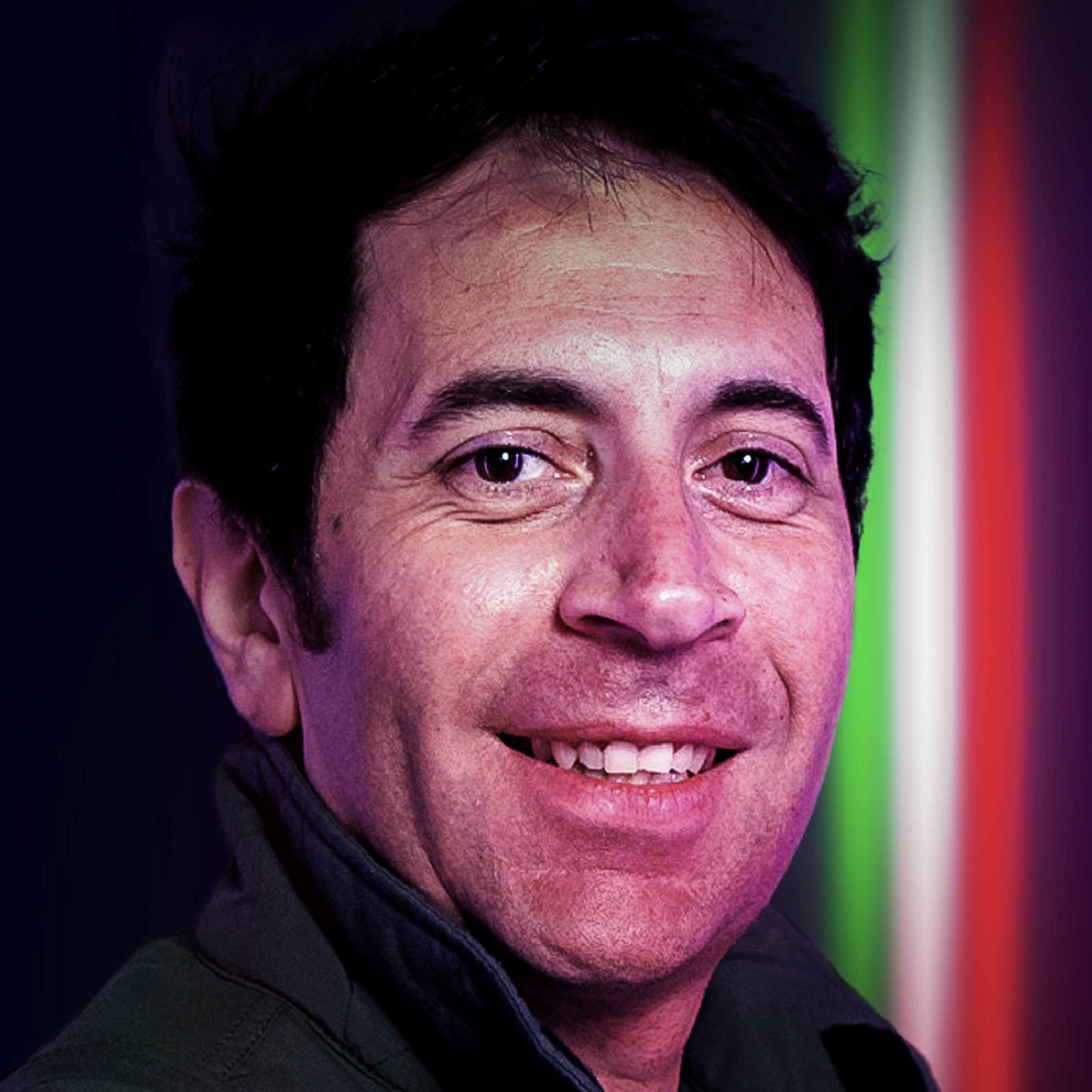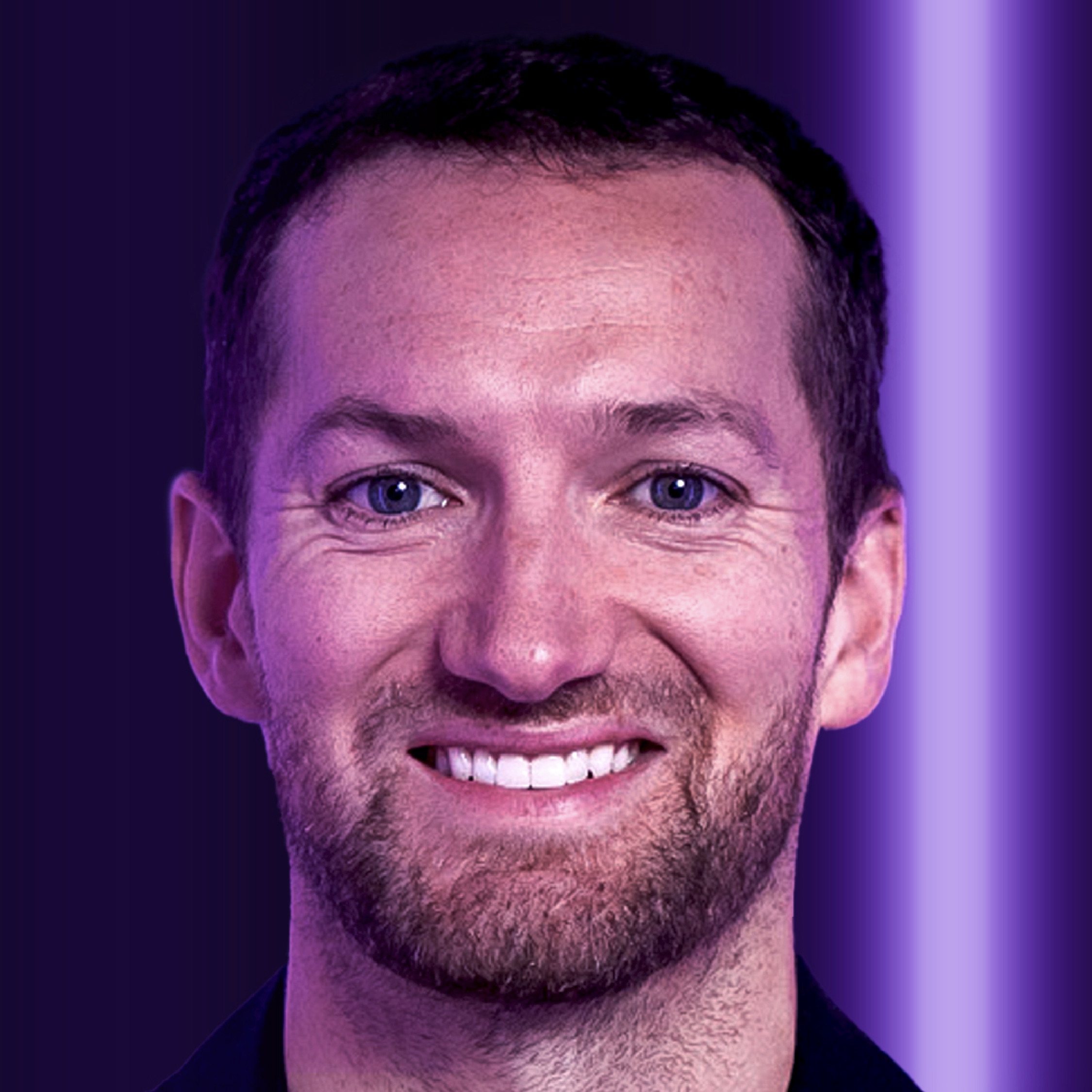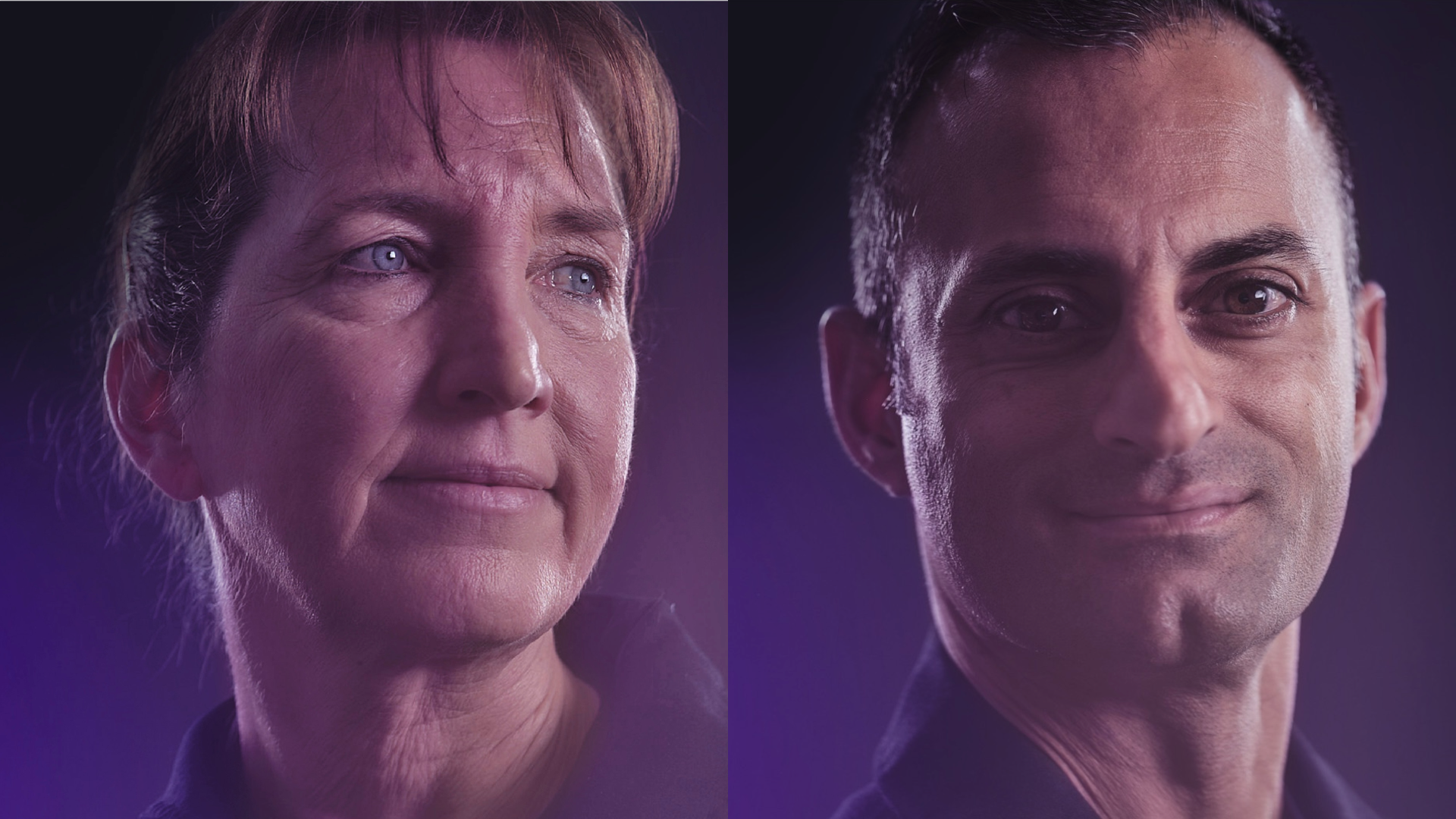Virgin Galactic's 1st commercial spaceflight launches this week. Meet the 6-person crew of Galactic 01
Update for 11:45 a.m. ET: Virgin Galactic's SpaceShipTwo space plane, VSS Unity has successfully landed, completing the company's first commercial spaceflight.
Virgin Galactic has announced the four-person crew that will fly aboard the company's first commercial spaceflight.
The mission, Galactic 01, is scheduled take off from Virgin Galactic's Spaceport America in New Mexico sometime after 11 a.m. EDT (1600 GMT) on Thursday (June 29). VSS Unity reaches suborbital flight through the help of a double-bodied carrier aircraft called VMS Eve, which takes off from a runway at Spaceport America. Once at an altitude around 50,000 feet (15,000 meters) VSS Unity is released from Eve, after which it fires its rocket engine and travels the rest of the way to space on its own. The suborbital flight lasts long enough to grant the Galactic 01 crew members a few minutes of weightlessness, and a chance to perform their handful of research experiments.
Today, Virgin Galactic has announced who will be riding aboard for the company's first commercial mission. Riding aboard the company's reusable SpaceShipTwo, VSS Unity, will be Virgin Galactic's Colin Bennett and a trio from the Italian Air Force and the nation's National Research Council who will collect data for a number of scientific investigations during their flight.
Related: Who is Virgin Galactic and what do they do?
Col. Walter Villadei
A member of the Italian Air Force, Col. Walter Villadei is serving as commander for Italy's VIRTUTE 1 mission, which includes research being conducted for the Italian National Research Council (CNR). This will be Villadei's first spaceflight, but his training as an astronaut is extensive.
Villadei has received training at NASA and through Axiom Space, and was certified as a backup pilot for Axiom's recent Ax-2 mission to the International Space Station (ISS). His training has also gained him qualifications to fly on a Russian Soyuz spacecraft, operate ISS systems and perform extravehicular activities (EVAs) in Russia's Orlan spacesuit. Villadei is also using Galactic 01 as a training for a future mission to the ISS.
Breaking space news, the latest updates on rocket launches, skywatching events and more!
In Virgin's press release, Villadei described the VIRTUTE 1 mission as a proving-ground for suborbital flight opportunities awaiting Italy and Europe, calling it "a breakthrough and pathfinder mission, conceived and designed with Italian National Research Council and Virgin Galactic to test the versatility of suborbital spaceflight for scientific and technological research," adding, "Suborbital spaceflight will revolutionize aeronautics transportation in the future, expanding access to space for a much larger community."
As VIRTUTE 1 commander, Villadei will be responsible for the payload rack aboard Unity, which was specially fitted to expand the research being conducted during their spaceflight. Villadei will also wear a biometric data suit for the mission, which will track a number of physiological responses that occur in microgravity.
Lt. Col. Angelo Landolfi
Like Villadei, Lt. Col. Angelo Landolfi also hails from the Italian Air Force. Landolfi is a physician with a diverse medical background. Among others, he holds degrees in public health, preventative medicine, forensic medicine and diving and hyperbaric medicine. Landolfi has also received training as a flight surgeon under the cosmonaut trainming program. He is serving as one of Galactic 01's payload specialists.
Once Unity reaches suborbital space, Landolfi and crew will have just a handful of minutes to experience weightlessness. As part of VIRTUTE 1, Landolfi will conduct a number of observations to measure his cognitive performance and will also run an experiment which is investigating how specific solids and liquids mix in microgravity.
Pantaleone Carlucci
Pantaleone Carlucci is joining the Galactic 01 mission from the CNR as a payload specialist and flight engineer. He has a background as a pilot and technical engineer working on scientific instruments and aircraft. Currently at the CNR, Carlucci is a strategic project coordinator for the council's stratospheric and air launch platforms.
He has spent the past 8 years with the CNR, and has been instrumental in building the business partnerships the council maintains with companies in the aerospace industry. During Galactic 01, Carlucci will wear a suite of body sensors, which will measure data metrics such as cognitive function and heart rate.
Colin Bennett
Bennett has trained the Galactic 01 crew from their outset. He is Virgin Galactic's astronaut 003, and is currently lead astronaut instructor for the company. Bennett flew with company founder Sir Richard Branson on Unity's final qualifying test flight, and in his fifteen years with Virgin Galactic has served roles including mission control Flight Director.
Bennett's focus during Galactic 01 will be slightly different than his Italian crewmates. Rather than assist in their research activities, Bennett will be assessing the crew's experiences while conducting their investigations.
VSS Unity Pilots
Mike Masucci and Nicola Pecile will be the Virgin Galactic crew in the cockpit of the VSS Unity spaceplane. Masucci is designated as Unity commander, and has flown to space four times aboard the Virgin Galactic spacecraft. Before his time with Virgin, Masucci served as a lieutenant colonel for the United States Air Force.
Pecile will fly as Unity pilot. He also served as a lieutenant colonel for the Italian Air Force. According to Virgin's website, Pecile has logged more than 7,700 flight hours in 170 different type of aircraft. This will be Pecile's first time to space.
VMS Eve Pilots
While not technically part of the six-person crew, two other pilots will be involved in the mission by flying the mothership that will drop VMS Unity once it reaches its target altitude. Kelly Latimer and Jameel Janjua will take the helm at VMS Eve's double cockpits. Between them, they carry over 60 cumulative years of flight experience.
Latimer was the first research pilot accepted at NASA's Armstrong Flight Research Center. Her move to Virgin landed her in the pilot's chair for Virgin Orbit's first successful launch in 2021, and she will serve as commander aboard VMS Eve for the upcoming Galactic 01 flight.
Janjua is a retired Canadian Air Force Major with an extensive background as a test pilot. He has a masters of science in aeronautics and astronautics from the Massachusetts Institute of Technology (MIT), and will fly as VMS Eve's pilot during Galactic 01.
Virgin Galactic is planning to livestream the launch on their website. According to Monday's release, the stream is expected to begin around 11 a.m. EDT (1500 GMT). The company's second commercial flight, Galactic 2, is expected in early August, and will kickoff what Virgin hopes to be a monthly cadence of launches from there.

Josh Dinner is the Staff Writer for Spaceflight at Space.com. He is a writer and photographer with a passion for science and space exploration, and has been working the space beat since 2016. Josh has covered the evolution of NASA's commercial spaceflight partnerships and crewed missions from the Space Coast, as well as NASA science missions and more. He also enjoys building 1:144-scale model rockets and human-flown spacecraft. Find some of Josh's launch photography on Instagram and his website, and follow him on X, where he mostly posts in haiku.

